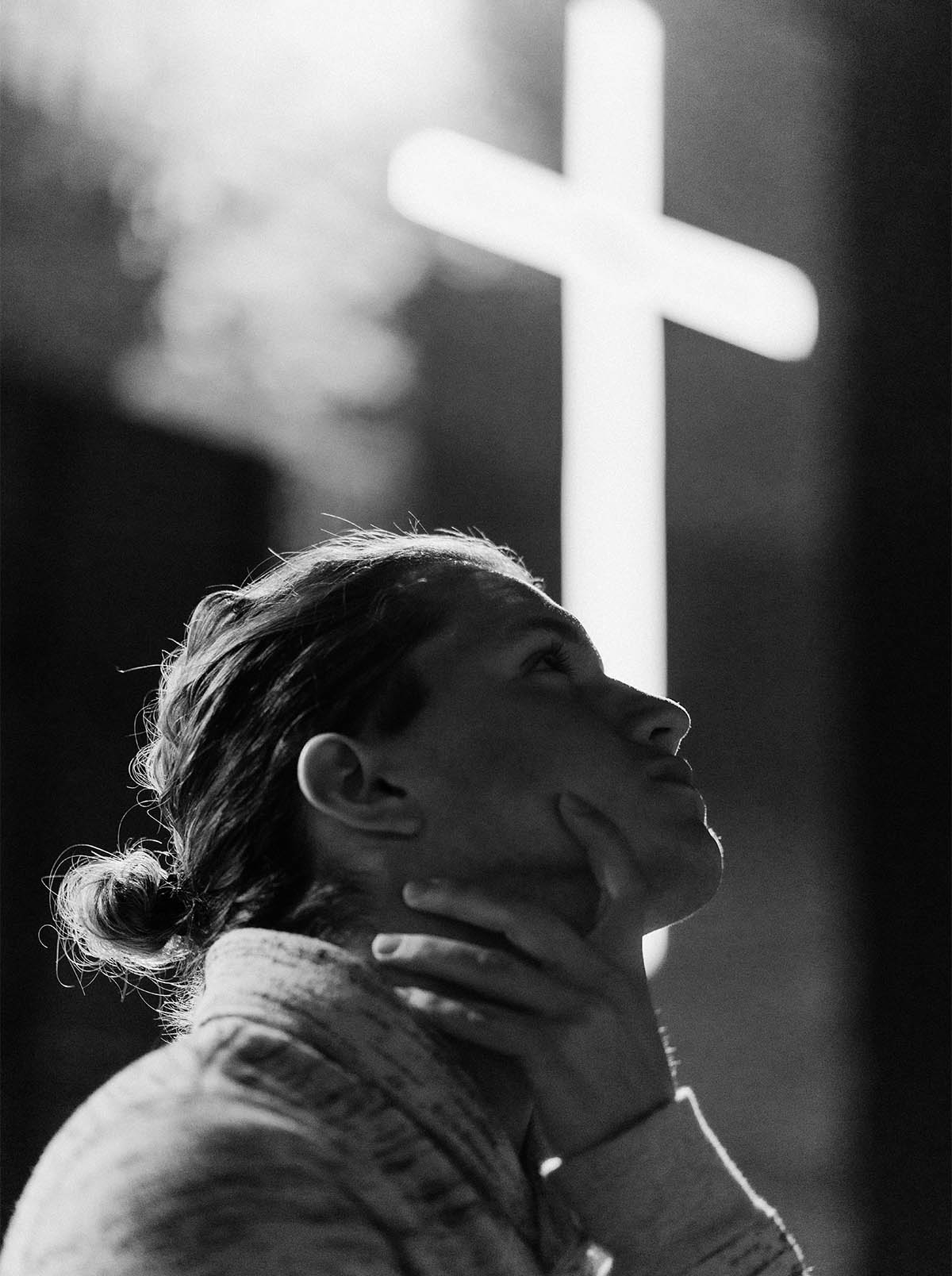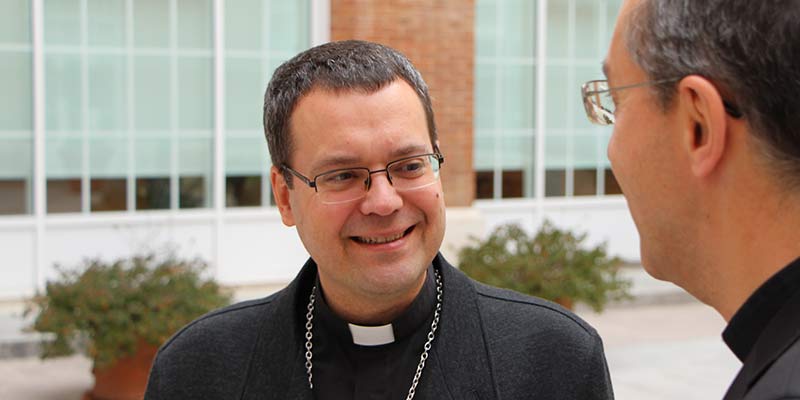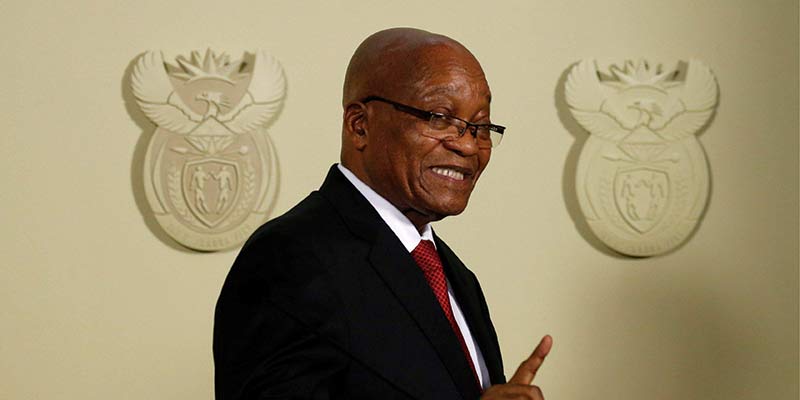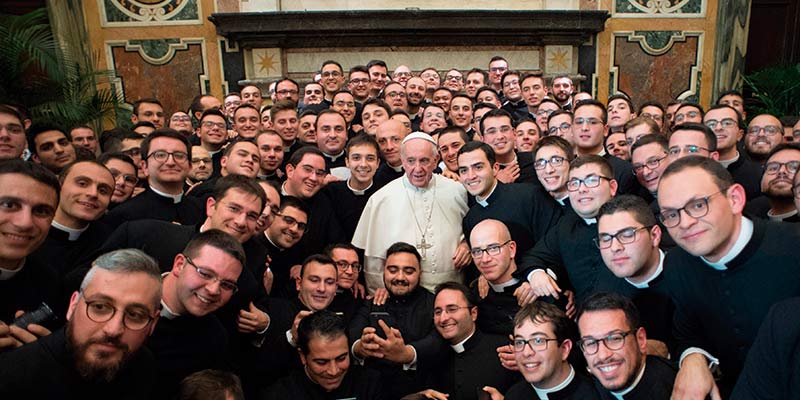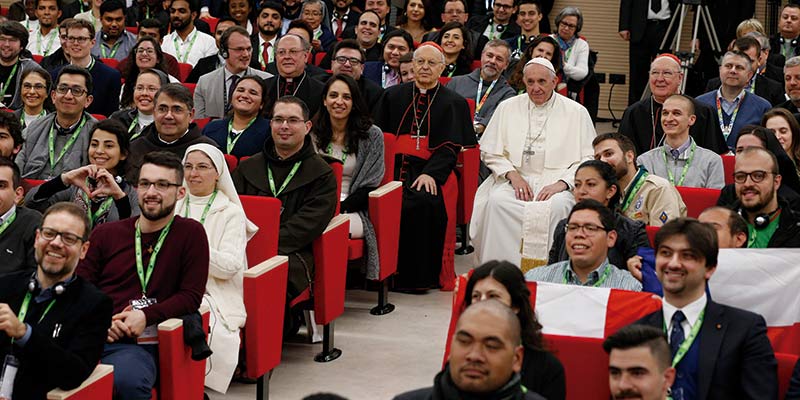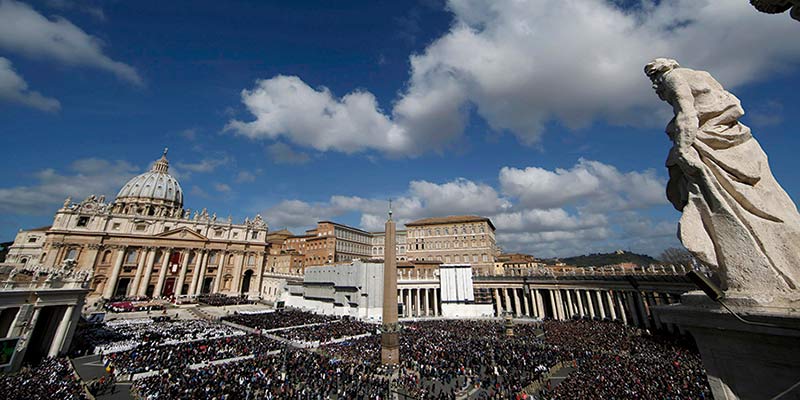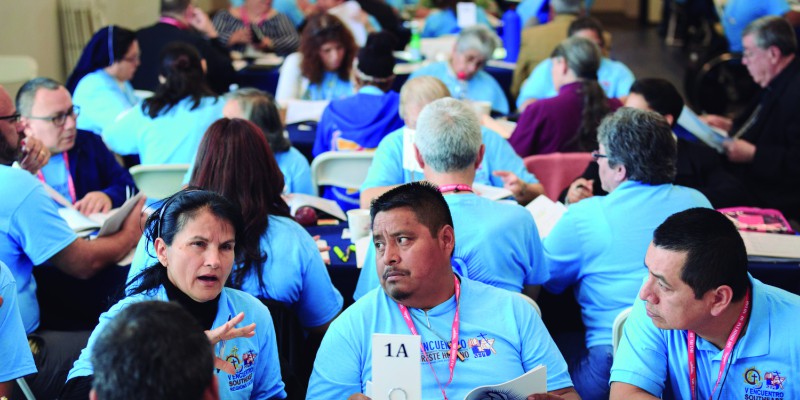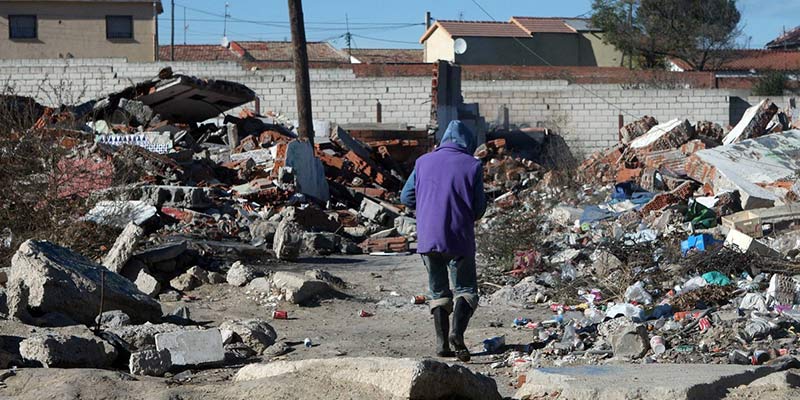Six Vaticanists, three women and three men from diverse backgrounds and media, "read" the first five years of Pope Francis' pontificate.
On March 19, 2013, the Solemnity of St. Joseph, Pope Francis began his apostolic ministry as Bishop of Rome and Pastor of the universal Church. Barely five years have passed, and many things seem to have changed since that moment.
The Pope, who has come from almost the end of the world, has opted for two major guidelines for the Church's journey: mercy and the permanent state of mission, especially towards the defenseless, the forgotten, the distant and the "peripheral". Together with this, a profound "reform of hearts" that, beyond the structures, must change the people who collaborate in the work of evangelization, beginning with those who work in the Roman Curia.
The discourse of self-understanding of one's own sense of belonging and one's role in the world was born from the collegial, synodal reflection on the family - the primary cell of society - and is spreading to young people, who will be discussed in October at the new Synod of Bishops.
All in all, a great call to take care of one's own environment, also of the interior, because without a purified and pacified heart it is not possible to conceive a true human ecology; beyond the implications on nature and on the works of creation, to which man himself belongs.
More than a discourse on the numbers and statistics of this first five years of the pontificate, Palabra wanted to hear the opinions of six important players in the current Vatican news scene, three women and three men, from different media and backgrounds, including geographic.
She is Valentina Alazraki, a correspondent for the Mexican television network TelevisaThe author of this article is Elisabetta Piqué, the doyenne of Vaticanists - she has followed more than 100 trips abroad of St. John Paul II, and those of the following Popes - and for some months now she has also been a columnist for Palabra; and the Argentinean Elisabetta Piqué, correspondent from Rome for the Buenos Aires newspaper La NaciónThe author of the first biography on the Latin American Pope, and the Spanish Eva Fernandez, dynamic correspondent in Italy and in the Vatican for radio station COPE Networkwhere he has been working for more than twenty years.
And also from the Italians Andrea Tornielli, coordinator of the popular news portal Vatican InsiderVaticanist of La Stampa and Paolo Rodari, a young Vaticanist of the daily newspaper La Repubblica and author of several publications -among them the book Attack on RatzingerThe author of the article, on the resistance encountered by the German pontiff, signed precisely with Tornielli, and the Spanish Juan Vicente Boo, historical Vatican correspondent for the daily newspaper ABC and one of the promoters of the television agency Rome Reports.
We asked them for a synthetic balance of these first five years of the Argentinean Pope, and asked them how they evaluate the current state of the Church and what they think of the project that emerged from the Congregations prior to the Conclave regarding the reform of the Roman Curia. And, finally, what is the value for each of them of the resistances and oppositions in relation to Pope Francis, what "future" can the idea of the "Church going out" have, what consideration does the Vatican currently have regarding pontifical diplomacy, and what should be expected in the near future. But let's look at his answers.
It has been five years since Pope Francis was elected to the papal throne. How would you summarize this first five years of his pontificate?
- V. Alazraki: I believe that the election of Pope Francis has brought a kind of new springtime for the Church and for the Vatican. In these five years, the emphasis has been placed above all on mercy, on the fact that God forgives all sins, and sensitivity to the least and to the most defenseless people has been accentuated.
- E. Piqué: I believe that this is an extraordinary pontificate, with a Pope who has revitalized the Catholic Church, who has become the voice of those who have no voice, and who has a message to convey not only to Catholics, but also to believers of other religions and to non-believers, imposing himself as the world's moral authority.
- E. Fernandez: During these five years, I believe that Francis has rejuvenated the Church: in a time marked by the risks of a global crisis at all levels, he has managed to set her on the way out; he has always tried to send to the world messages of hope, of joy, of the need for an integral ecology that respects the totality of human life. Personally, it has only been necessary to follow his steps closely in the last two years to discover that Francis wants to change people.
– A. TornielliI would describe it as follows: the witness of the face of a merciful and welcoming Church, aware that evangelization today is more than ever about sharing and proximity.
– P. RodariA pontificate of proximity. Francis has shown that the Bishop of Rome is a man close to everyone, like everyone else, capable of meeting with the powerful of the world as naturally as he meets with ordinary people. As a whole, this is a pontificate that shows the face of God who does not judge, but is kind. And that is no small thing.
– J. V. BooI believe that Francis has succeeded in refocusing everyone's attention on the essential aspects of Jesus' message: the Father's mercy towards us, the forgiveness of sins, the beatitudes and the works of mercy towards others. But, above all, the faithful understand the call to be consistent, like the first Christians.
In your opinion, what is the state of health of the Church today?
– AlazrakiIn these five years Pope Francis, instead of keeping the 99 sheep of the flock safe, has gone out to always look for the lost sheep, thus opening a new "market niche", becoming a pontiff much appreciated by those who did not believe, by those who were very skeptical, indifferent or even atheists.
– PiquéToday we can say that the Catholic Church has once again acquired a leading role on the international scene, with a strong message and a Pope whom all heads of state want to visit. Certainly, there are still moments of crisis, such as the very few vocations, especially in the West, or various internal problems that remain to be solved. The Pope, however, does not have the magic wand to solve everything immediately.
– FernandezThe Church continues "on the move". In continuous advance. Sometimes slower, with stumbles and loss of route. But always recovering the path and looking ahead. The important thing is that it continues proclaiming the same Good News in spite of the mistakes of those of us who are inside and of the shame produced by those who should be setting a better example and do not give it. In this sense I would like to emphasize that in spite of those who try to emphasize the contrary, within the Church there is a great majority of people who are and give an example of holiness.
– TornielliI would like to say that when the Church thinks of her state of health, she is never in good health! A Church in good health is a Church that lives by a light that is received, and which in turn reflects. A Church in good health is never preoccupied with itself, never turned in on itself. Unfortunately, it seems to me that there is still too much enthusiasm for strategies, marketing, entrepreneurial visions.
– RodariIt is difficult to make assessments of this kind. Today the Church is experiencing a profound crisis in Europe and a great vitality elsewhere. But also in Europe there are places of true authenticity. Therefore, it is not easy to give a general judgment. I believe that Francis is opening important processes for a cleaner, more authentic Church, capable of living what is essential.
– BooIt is improving at a good pace to the extent that the faithful adopt a Christian attitude and realize their responsibility. Also to the extent that bishops and priests are understanding their task as service to the faithful. There are less and less "prince bishops" and more "servant bishops" like the first Apostles. The task of eradicating the sexual abuse of minors is more advanced in the Catholic Church than in any other religious or civil organization. And Francis is gaining ground in his "three cleansings": that of clericalism among clergy and laity; careerism among clergy; and corruption among laity.
Do you see positive results, or do you consider them a "mission impossible"?
– AlazrakiMy personal impression is that Francis thought at the beginning of his pontificate that reforming the Curia would be simpler than it has turned out to be in reality. But more than changing the structures or unifying various dicasteries, in reality his real goal is to change the mentality of the people who work in it.
– PiquéIt is evident that reforms cannot be made from one day to the next, and that it takes time. Among other reasons, one thing are the structural reforms, which are easier, and another the "spiritual" reforms or the changes of mentality that the Pope asks for. But I would say that we are by no means facing a "mission impossible".
– FernandezThe reform is underway, which does not mean that the undertaking will be easy and quick. And there is still much to be done. Francis is a reforming Pontiff, aware that he is laying the foundations that will be continued by his successors. And his reform is moving forward in the people, the playing field in which the Pope moves best. The Pope's way of acting and thinking is not to everyone's liking, and there are always schemers who try to hinder reforms that are advancing despite their impediments.
– TornielliI believe that the only true reform possible is that of hearts, that of that "pastoral conversion" Francis speaks of in Evangelii gaudium. Any reform that does not start from here, any reform that does not put first the salus animarum is not only useless, but ends up being harmful. From the point of view of structural reforms, we are still in the middle of the ford and it is difficult to make assessments.
– RodariFrancis often repeats: "Reforms are always made by people. There are people, for example in the Roman Curia, who are working well for an authentic process of reform, and others less so. A true work of reform in the Church necessarily foresees to point out what is not working. This is a long and not easy process. The mission is therefore still long, but certainly not impossible.
– BooThe reform Francis dreams of is that of the heart of every Christian. It is a reform of the mystical body of Christ, made up overwhelmingly of lay people, through personal reform. In this picture, administrative reforms are secondary, including that of the Vatican Curia, whose importance as a body is diminishing. In any case, the important thing is that Francis' close collaborators are now almost all very competent and in tune with the Pope, after notorious disappointments.
What would you say about some sectors that openly oppose Francis' line?
– AlazrakiI will be frank: I have not seen in previous pontificates such an evident manifestation of these oppositions, although it is obvious that all Popes have had them. I believe that their existence is due to the fact that, evidently, the process of reform initiated by Pope Francis has jeopardized privileges acquired over time. Besides, surely there are people who like a more sober style, far from the pomp of other times.
– PiquéAll pontificates have had to deal in some way with groups of protesters. Today, perhaps, thanks also to social networks, the opposition makes much more noise, is more noticeable, but I do not think it is so numerous; moreover, several sources confirm that the vast majority of bishops are with the Pope.
– FernandezThe Pope knows perfectly well that his actions and measures produce rejection in some sectors of the Church. But it is enough to take a look at the most critical groups to see that sometimes they are based on a purely legalistic rigorism, which leads them to a hostile rejection of everything that emerges from Francis. But Francis does not seem to care much about these criticisms, he counts on them. Curiously enough, he does not take kindly to sycophants, he has an "allergy" to them.
– TornielliThe criticism, the resistance, are physiological and a historical look would make us understand how Francis' predecessors have also registered oppositions, sometimes striking and always coming from within the Church, as for example the criticism of Paul VI for the Humanae vitae. That said, in the opposition to the current pontiff there are also novelties, in my opinion: the main one is represented by the use of the internet, of social networks, which in this as in other cases do not help the best of people to emerge. Rude comments, cynical accusations, derogatory language, attacks on people and not on ideas, attitudes of no return: it will be interesting to see how those who have "educated" thousands of faithful Internet users in an irreverent attitude of mockery towards the Pontiff, only because they like the Pope at the time, will be able to reverse their attitude in the future.
– RodariI think it is due to the will to maintain acquired positions of power. There are those who do not open up to renewal out of convenience, and because to rethink oneself would also imply giving up positions, convictions, sometimes also functions and assignments.
– BooThere are two types of resistance, neither of which discourages Francisco in the least.
The first is internal, from people who do not understand or do not want to understand basic elements of the Second Vatican Council, such as the value of personal conscience, the aid to discernment, the gradualness of the law - clarified at the time by Benedict XVI - or mercy. The resistance of clerical and rigorist sectors, sometimes very close to traditionalism, is also internal. But these environments are very minority and endogamic.
The resistance in the media, which has increased in the last year and a half, has much more to do with public opinion maneuvers of very powerful sectors, especially in the United States, which consider Francis as a dangerous enemy to wear down. I am referring to some coal or oil companies that do not forgive the Laudato si'some giant armament companies annoyed by his opposition to wars and his defense of refugees...
How do you evaluate the presence of the pontifical bodies on the international scene (wars, persecutions, diplomacy)?
– AlazrakiPope Francis has imposed himself as a leader, a very strong moral authority; among other things, he is the only one who continually repeats to us that we are in the "third world war in pieces", that if we continue like this we are heading towards the end of humanity and of the planet. It is the Pope who reminds us of oppressed peoples, persecuted Christians, and also of the victims of various holocausts. Undoubtedly, he has once again brought the papacy to the center of the games of international diplomacy.
– PiquéFrom the very first moment the Pope has shown that he is a man of action, that he does what he says, very courageous, putting into practice the phrase "power is service". With audacity and risk-taking, he has put himself at the service of peace, intervening from the outset in various conflicts, with unexpected and more than positive results, such as the thaw between Cuba and the United States, or the peace process in Colombia. He has been the only one to understand from the outset the profound scope of the plight of migrants.
– FernandezThere is no doubt that the Pope has become a world leader who, in continuity with his predecessors, has given credibility to the Church by recovering the Gospel and recalling that the Church is mercy and directs her gaze towards the peripheries. On the international scene, for example, the Pope's warnings against those who have chosen the path of violence for their demands have taken hold. He has not failed to recall that recourse to violence generates death and destruction. In his messages to Europe, Francis has also made it clear that the first, and perhaps the greatest contribution that Christians can make to the old Europe of today is to remember that it is not a collection of numbers or institutions, but is made up of people. Hence the need to foster an inclusive and supportive community, which knows how to drink from its rich tradition without betraying it, and which does not build trenches.
– TornielliIt seems to me that Pope Francis and his Secretary of State move in the groove of the great diplomatic tradition of the Holy See: dialogue in all directions, an evangelical and never political outlook, an effort to avoid conflicts, an attempt to build bridges, to include and not to exclude, realism in judging events, without bowing to the war propaganda of those who want to cover up their hidden interests with religion.
– RodariI believe that with the return of pontifical diplomacy at the head of the Secretariat of State, the Church has returned to the center of the international game board. The results from the diplomatic point of view are remarkable. From this point of view, the Church always works to promote peace. Thus its action has contributed to the end of the US embargo on Cuba, to peace in Colombia, to bringing suffering to so many forgotten minorities, to making the international community look more attentively at the gap between the South and the North of the world.
– BooFor a person with no diplomatic experience, Francis immediately began to achieve astonishing results. Despite political disagreements, the US Congress, with a Republican majority, invited him to address the two Houses in joint session, in the form of the State of the Union address. And at the 2016 summit, the heads of government and the highest authorities of the European Union, came to the Vatican to present him with the Charlemagne Prize. It is astonishing that the two most powerful political entities in the world honored a Catholic religious leader who, moreover, is neither Anglo-Saxon nor European.
What will the future hold for this pontificate, and for the Church in general?
– AlazrakiIn my opinion, Francis is advancing little by little with this idea that the path is made by walking. Through prayer, discernment and observation of the changing reality, he takes directions or chooses priorities in each case. Surely his desire is for a Church that is always open, listening, less self-referential, and ever more sensitive to change. A Church that must be ready to go down to the street and approach the people. to man, especially to the most neglected people, and willing to get her hands dirty, rather than remain entrenched in herself.
– PiquéI could not give an answer. I only know that this Pope continues to surprise us every day, and that at 81 years of age and in good health, he has an incredible energy and an enormous inner peace, despite the challenges he has to face. Surely we, the journalists, will still have to write many things about the Pope who came from the end of the world, who has undoubtedly revolutionized the Church in a missionary sense.
– FernandezAll that Pope Francis has set in motion and has in hand is not something that will change from today to tomorrow, but the movement is already irreversible. Among my forecasts, noting that there are two themes that Francis has on his mind right now, are the youth and the rapprochement with China. Young people have become a visible sign of the Pope's present concerns and with regard to China, his goal is to create an atmosphere of coexistence in which Christians can profess their faith in peace and at the same time try to recover the visible unity of the Catholic community that has suffered so much in its history.
– TornielliI do not dare to make forecasts. I can express one wish: that the Church - and I stress the Church, that is, the people of God composed of all the baptized - be in a position to witness more and more to a face of mercy and welcome. The face of the Christian God who, before judging you, loves you and takes the first step towards you.
– RodariA more and more determined process of inner cleansing and loving impulse of love towards the world.
– BooUnlike the results of politics or soccer, the impact of a pontificate is measured in the long term, especially that of a Pope who considers it more important to "initiate processes" than to "control spaces". I see Francis' pontificate as an acceleration, by example and personal charisma, of lines marked by his predecessors. Mercy is a great theme of St. John Paul II, just as care for the environment and poverty were for Benedict XVI.
I believe that Francis will continue his efforts to revitalize the sacrament of Confession, to promote the sacrament of Marriage and to mitigate one of the great problems of this historical moment marked by omnipresent advertising and digital narcissism: the inability of parents to transmit the Christian faith or a minimum of values to their children. n




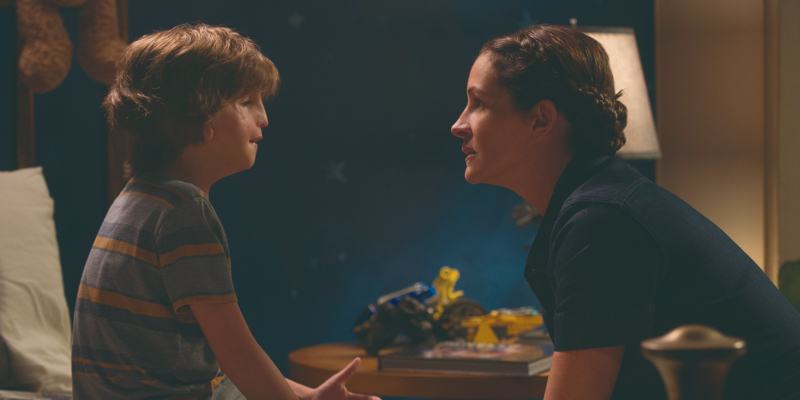
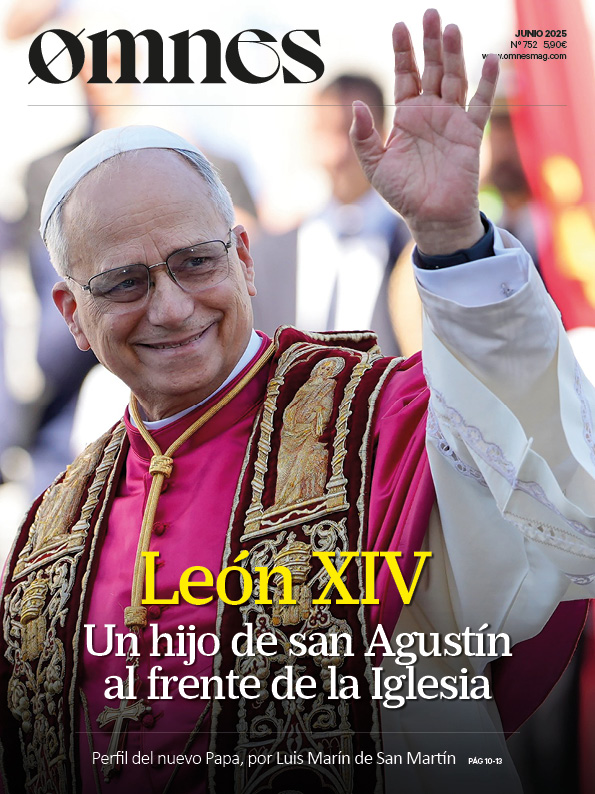


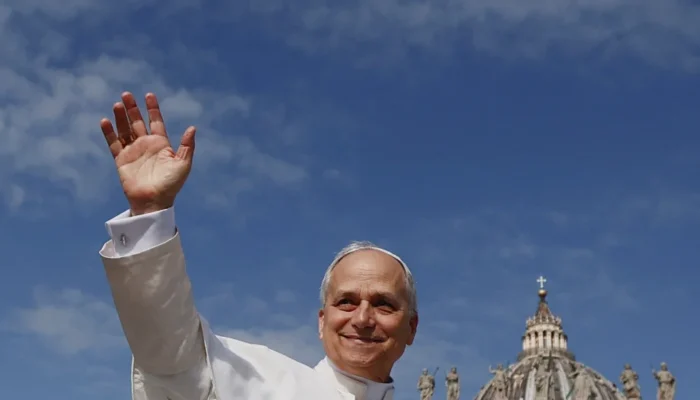
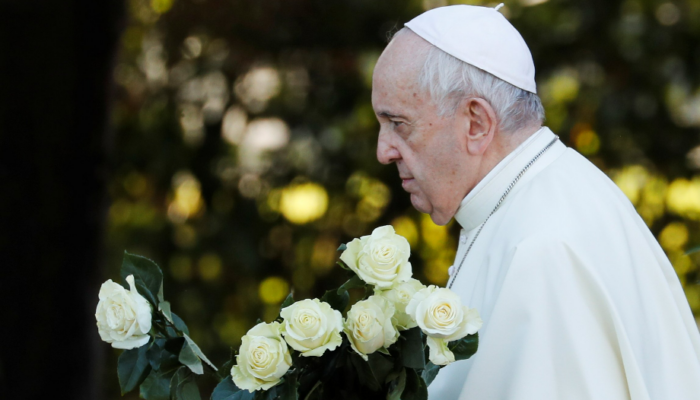

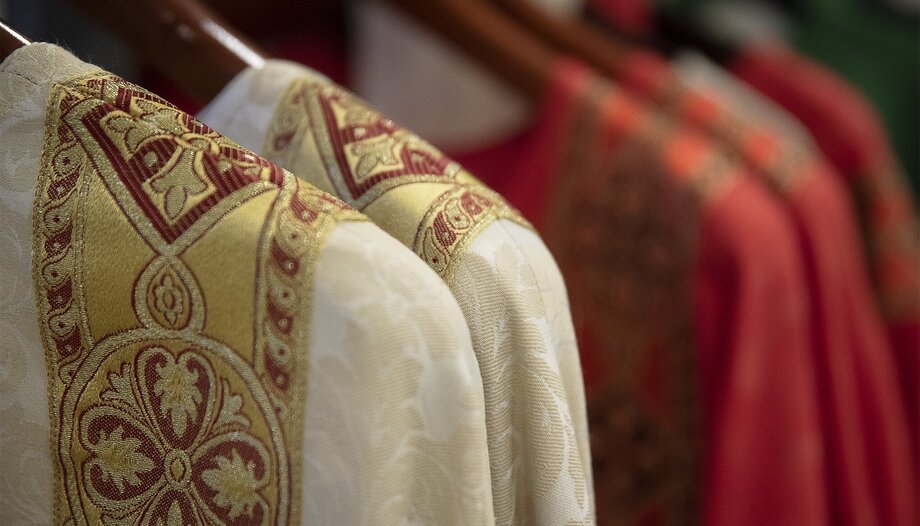
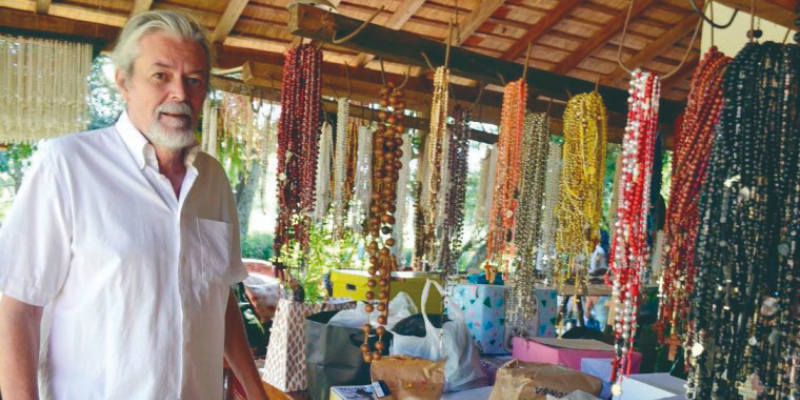
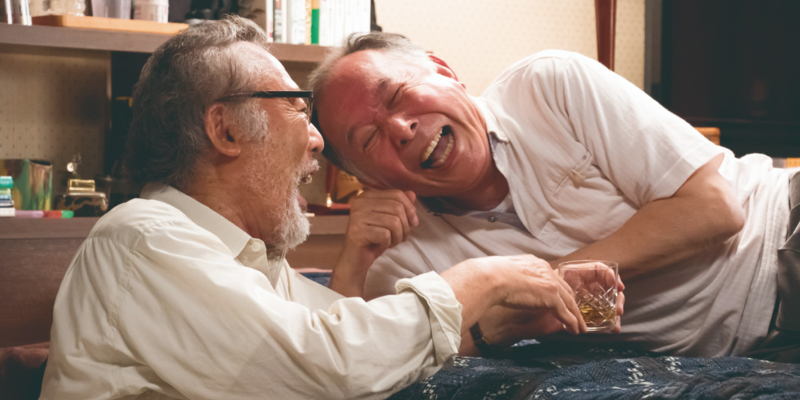
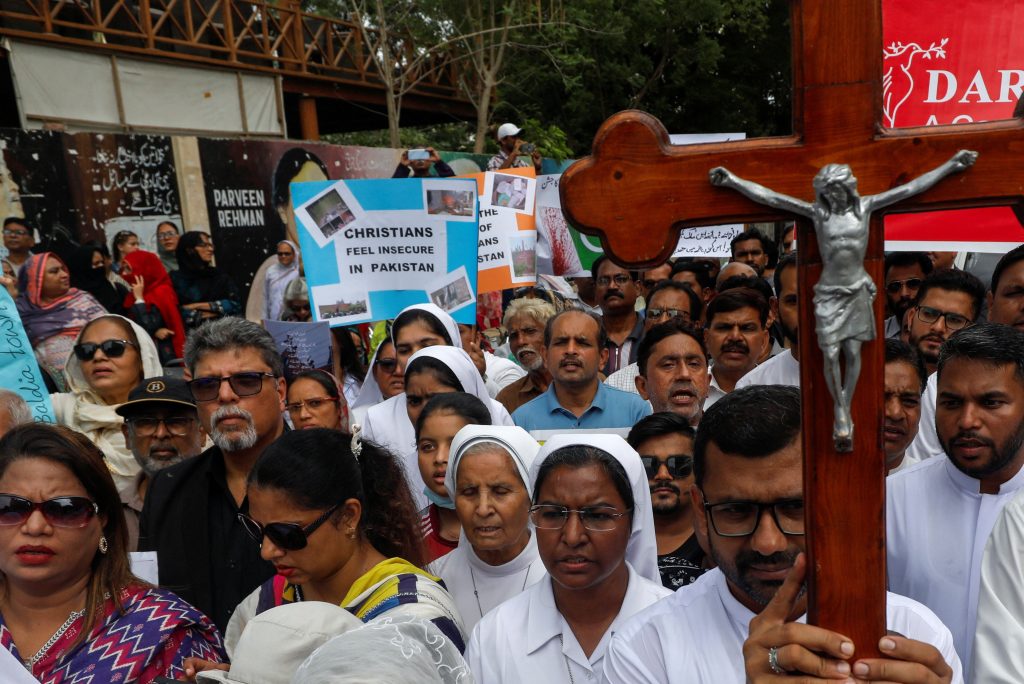
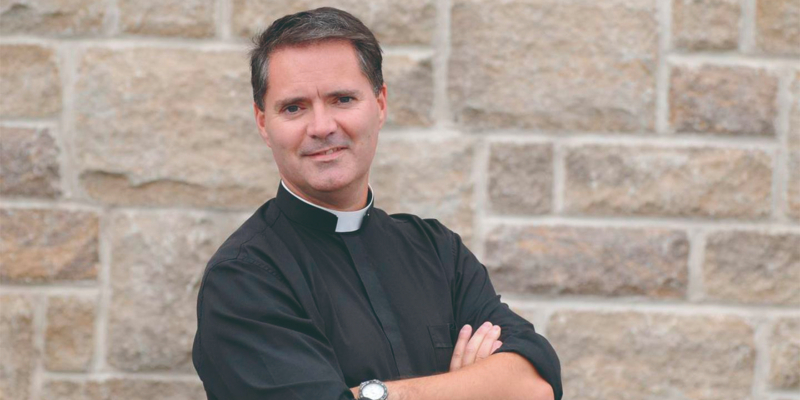
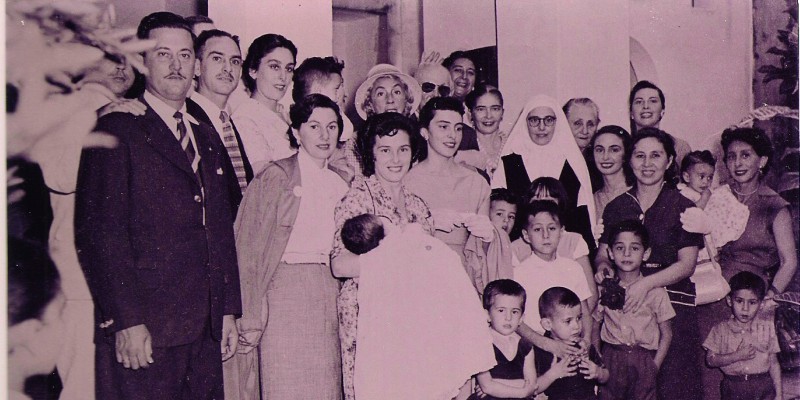

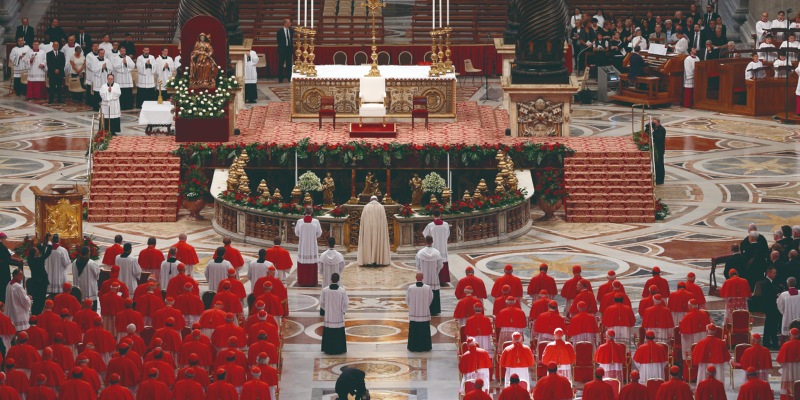

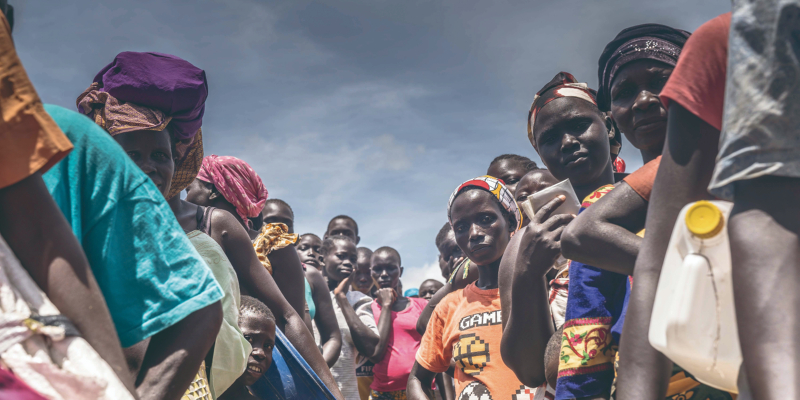
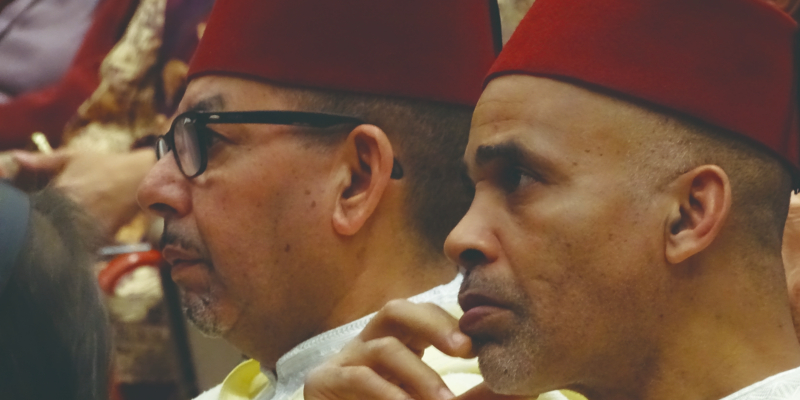
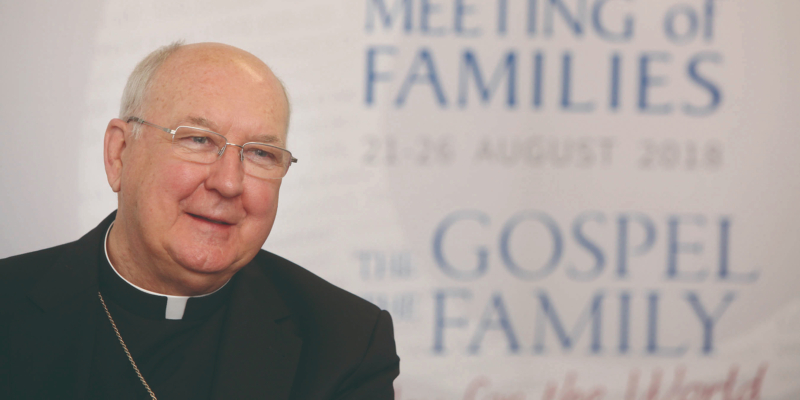
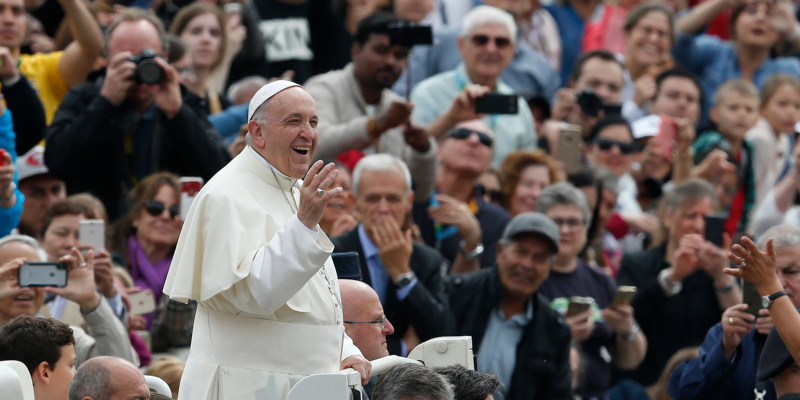
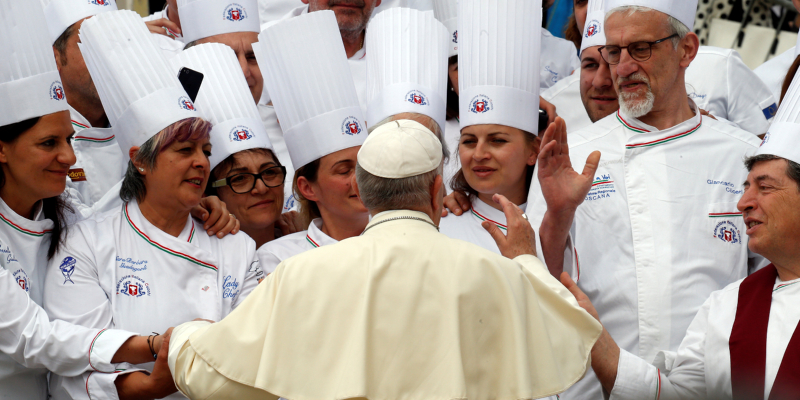
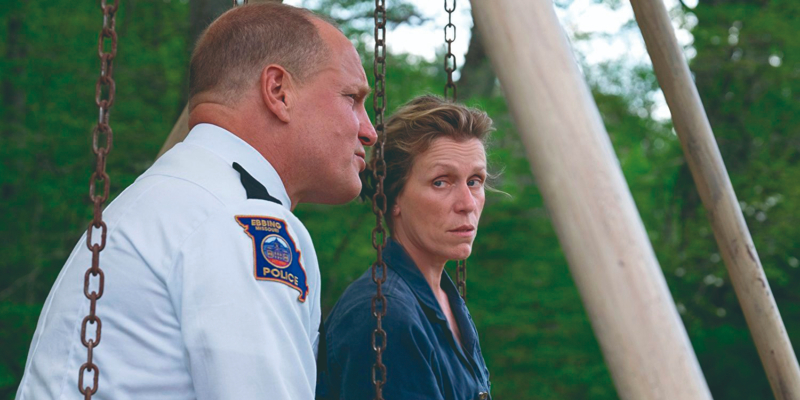
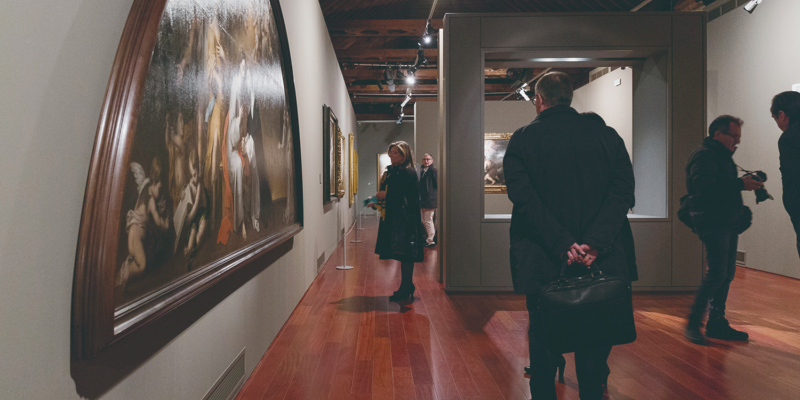
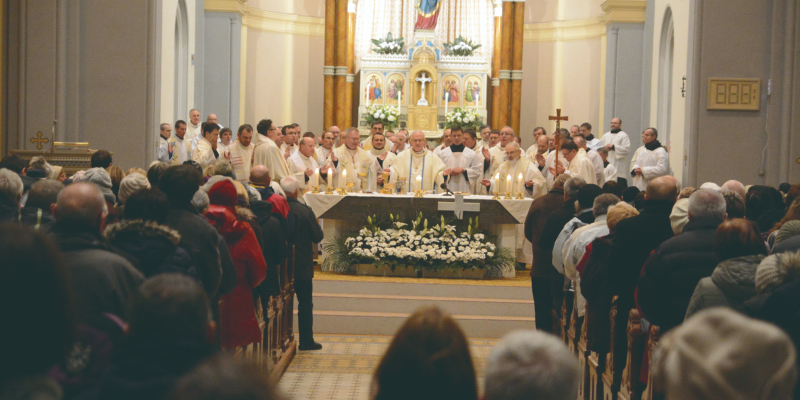
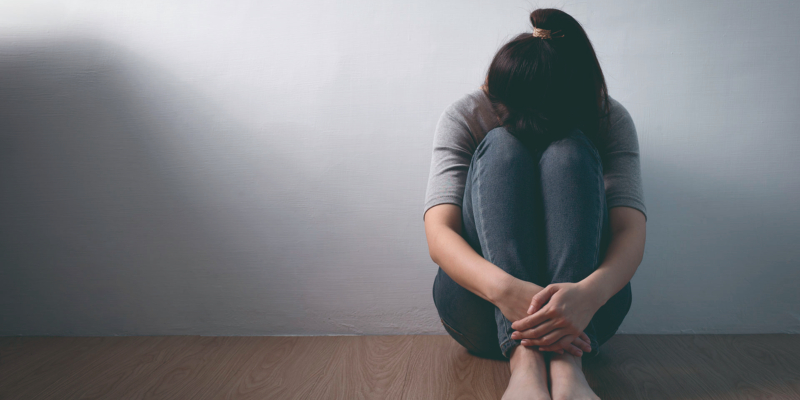
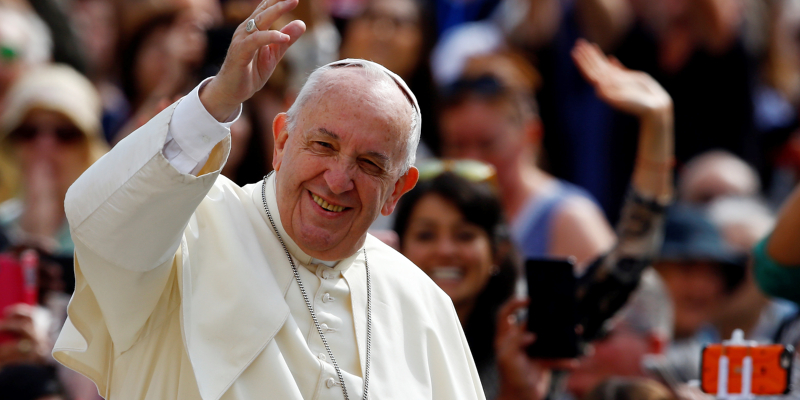

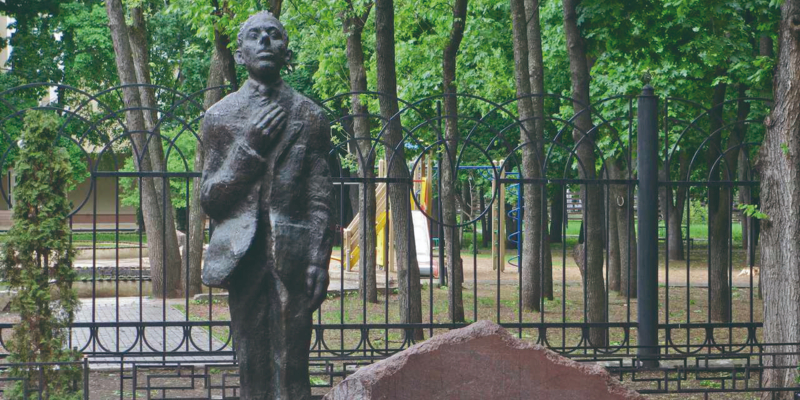
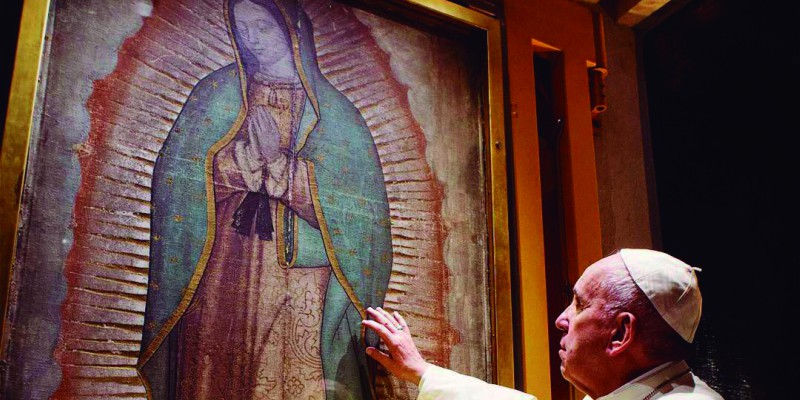
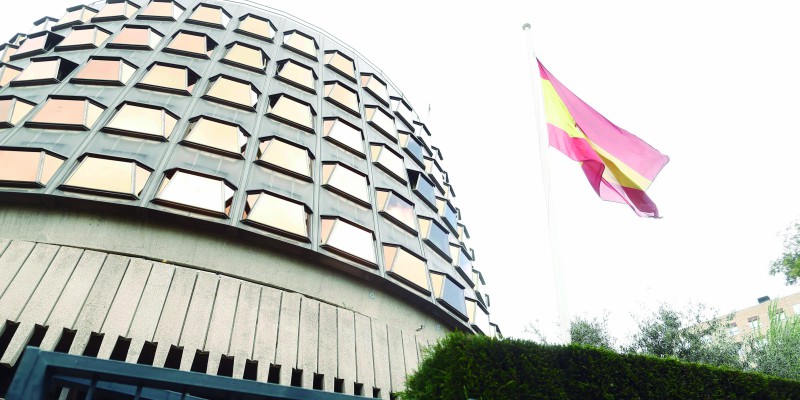
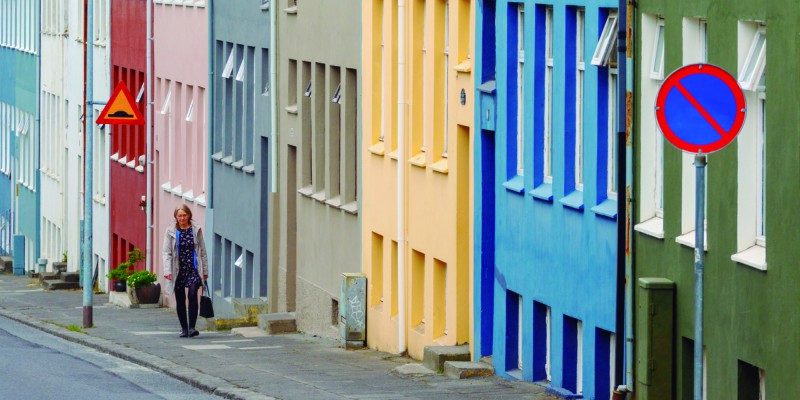
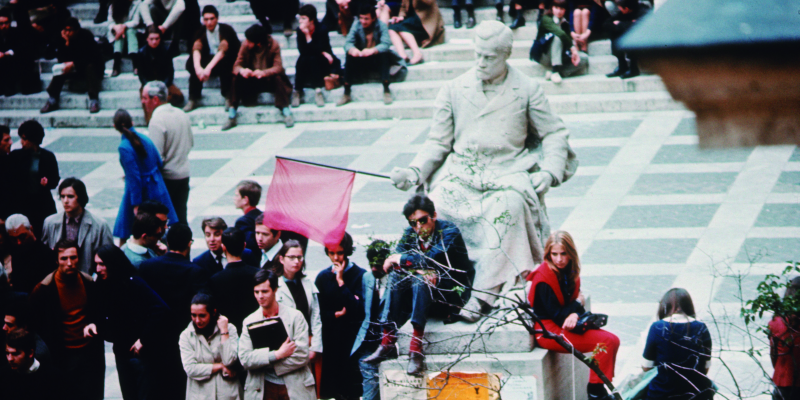

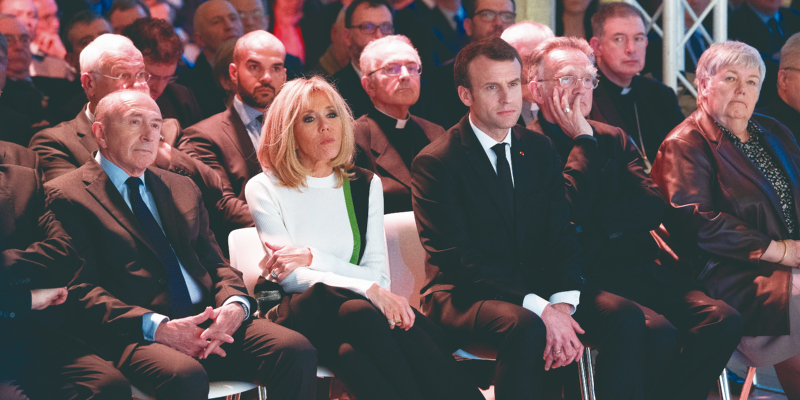
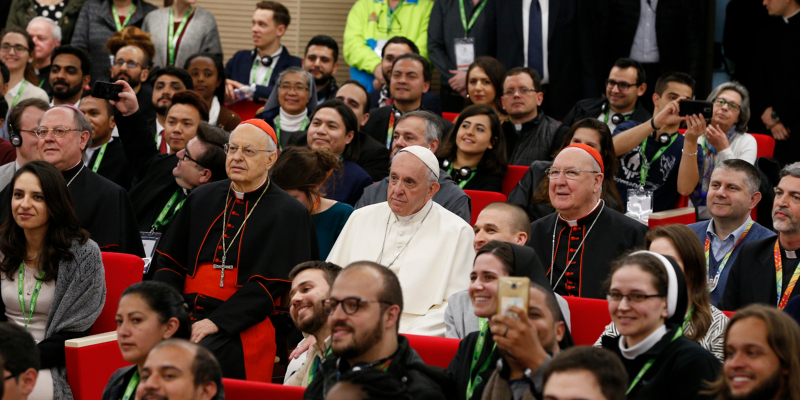
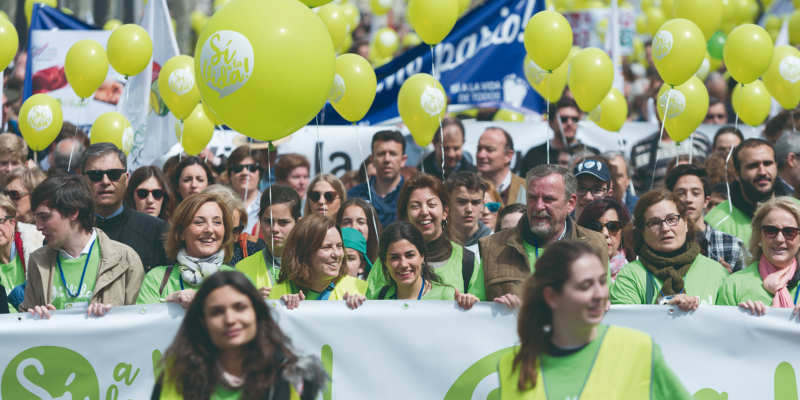
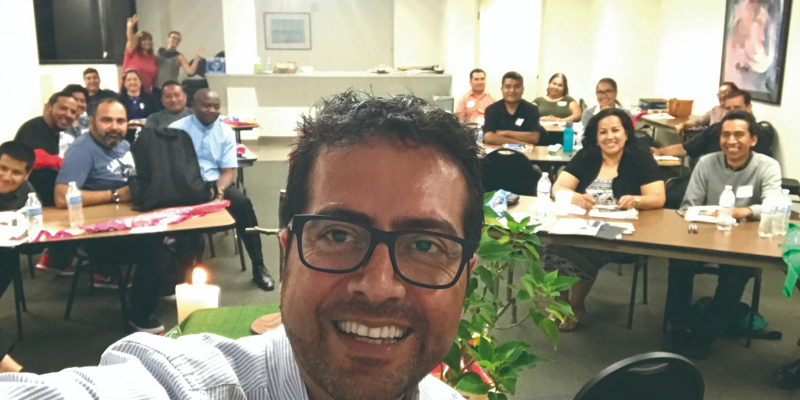
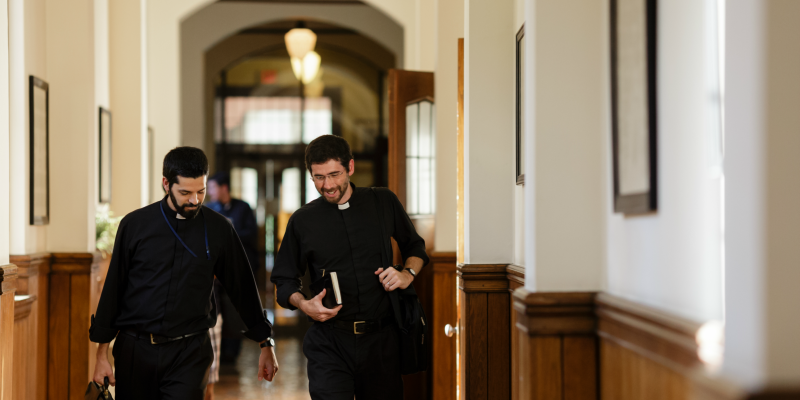
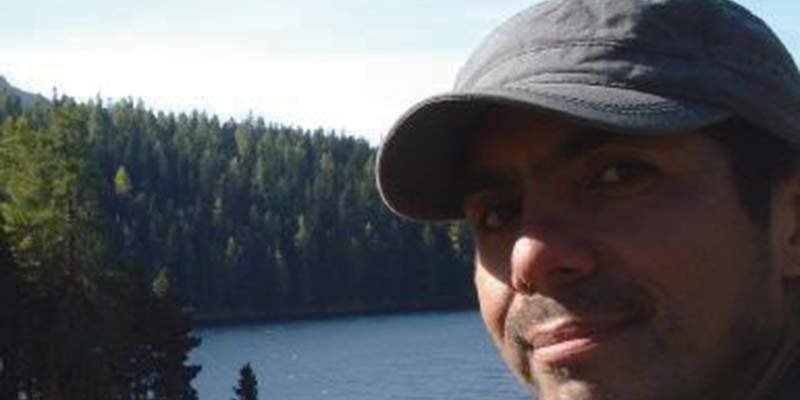
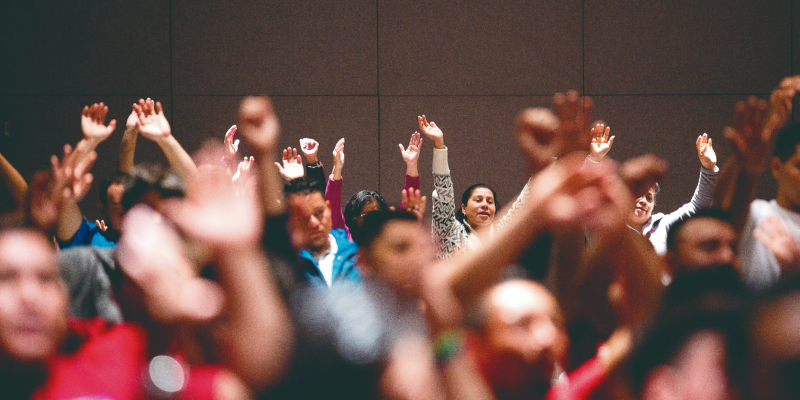
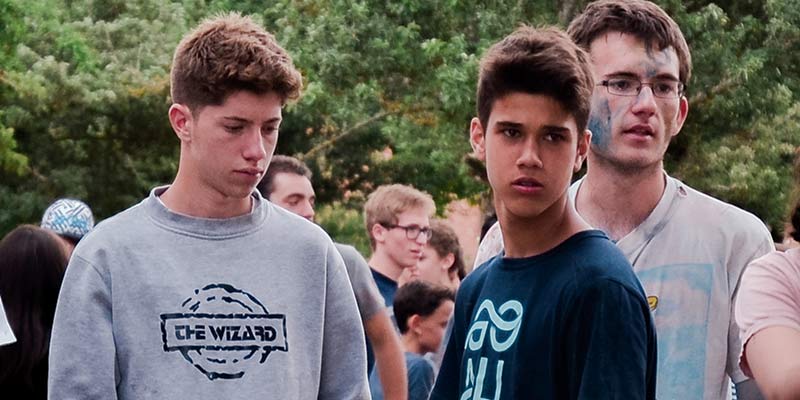
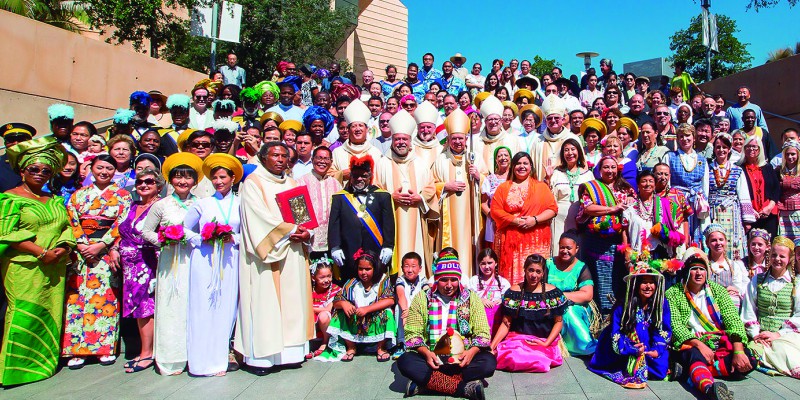
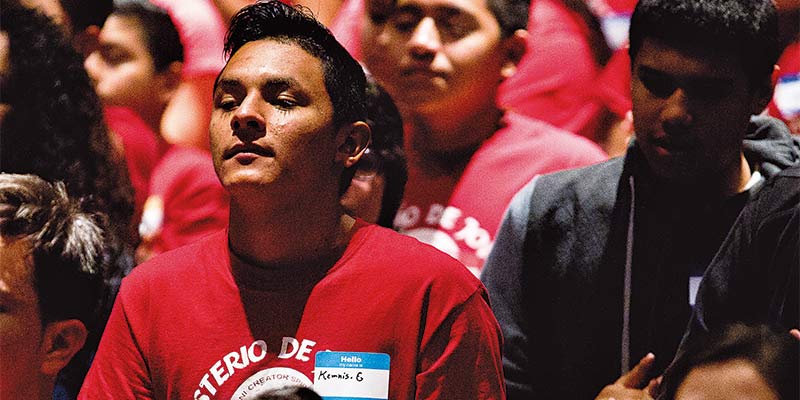
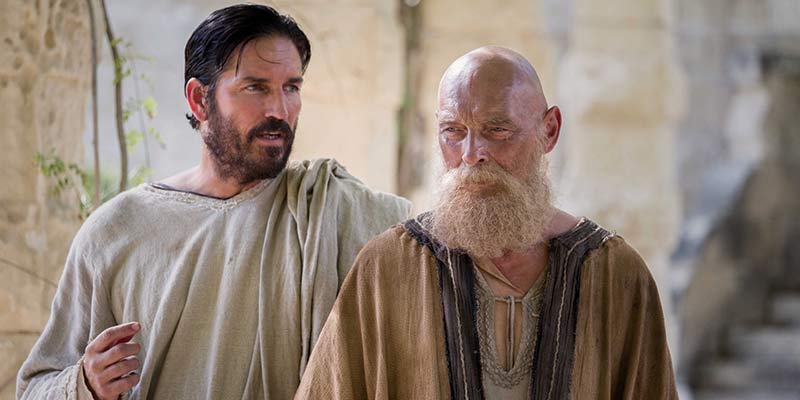
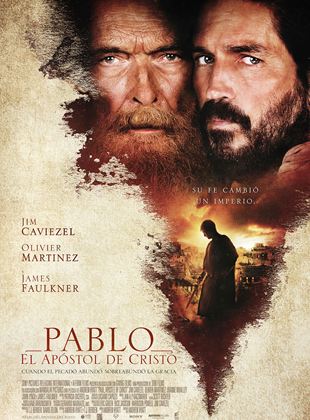
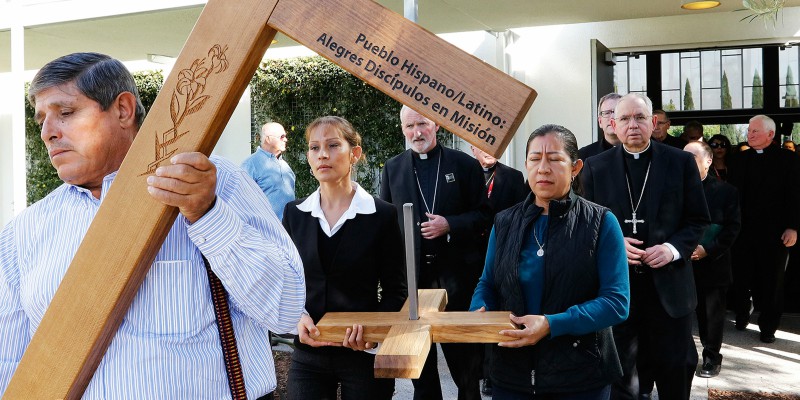


 What does meditation consist of? The Pope explains it in the audience
What does meditation consist of? The Pope explains it in the audience